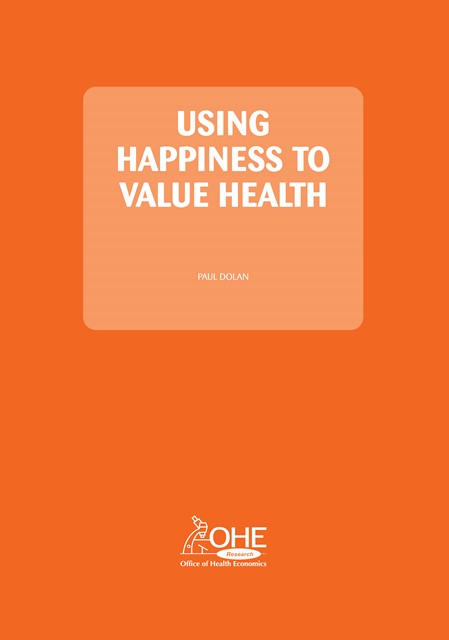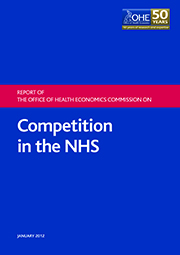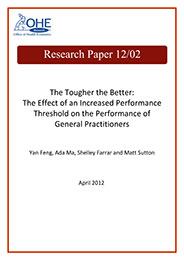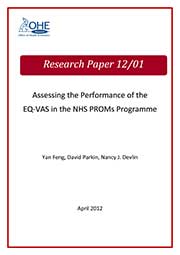Health Care Systems
Health care systems organise the finance and delivery of health care. They vary by country, reflecting specific history, culture, and economics. To maximise coverage and efficiency they must evolve with changing demographics, needs, and technologies.

The Tougher the Better: The Effect of GP Performance Thresholds in Scotland
20 April 2012
General Practitioners (GPs) in the NHS are paid based on a mix of factors, including a pay-for-performance element, the Quality and Outcomes Framework (QOF), which was…

New: Assessing the Performance of the EQ-VAS in the NHS PROMS Programme
16 April 2012
The NHS Patient Reported Outcome Measures (PROMs) programme, introduced in April 2009, is a significant development in the routine collection and use of patient reported outcome…

Overview of the Economics of the Market for Medicines in the UK
29 March 2012
OHE’s Dr Jorge Mestre-Ferrandiz is a visiting lecturer in the Department of Economics at City University London. As part of his 2012 activities, he recently gave…

Allocating Resources Based on “Happiness” – OHE Lunchtime Seminar
16 March 2012
OHE’s invitational lunchtime seminar held March 14th featured the research of Prof Paul Dolan of the LSE on using measures of subjective wellbeing – “happiness” –…

Analysing Hospital Variation at the Level of EQ-5D Dimensions
20 February 2012
Measuring and publishing hospital data on achieved health outcomes is becoming routine in many health care systems. League tables of hospital quality – based on post-surgical…

Report: Competition Can Help the NHS – But Proceed with Care
31 January 2012
The Office of Health Economics (OHE) has just released the report of its Commission on Competition in the NHS, which recommends careful expansion of competition between…

Is It Time to Reconsider the Role of Co-Payments in Europe?
11 January 2012
In a recent editorial in the European Journal of Health Economics, Prof Michael Drummond of York University and Prof Adrian Towse of the OHE take a…

The Tougher the Better: The Effect of an Increased Performance Threshold on the Performance of General Practitioners
4 January 2012
In April 2006, payment thresholds were raised for GPs who participate in Scotland’s Ouality and Outcomes Framework. GPs were required to meet new, higher thresholds on…

Assessing the Performance of the EQ-VAS in the NHS PROMs Programme
1 April 2012
The NHS Patient Reported Outcome Measures (PROMs) programme, introduced in April 2009, is a significant development in the routine collection and use of patient reported outcome…